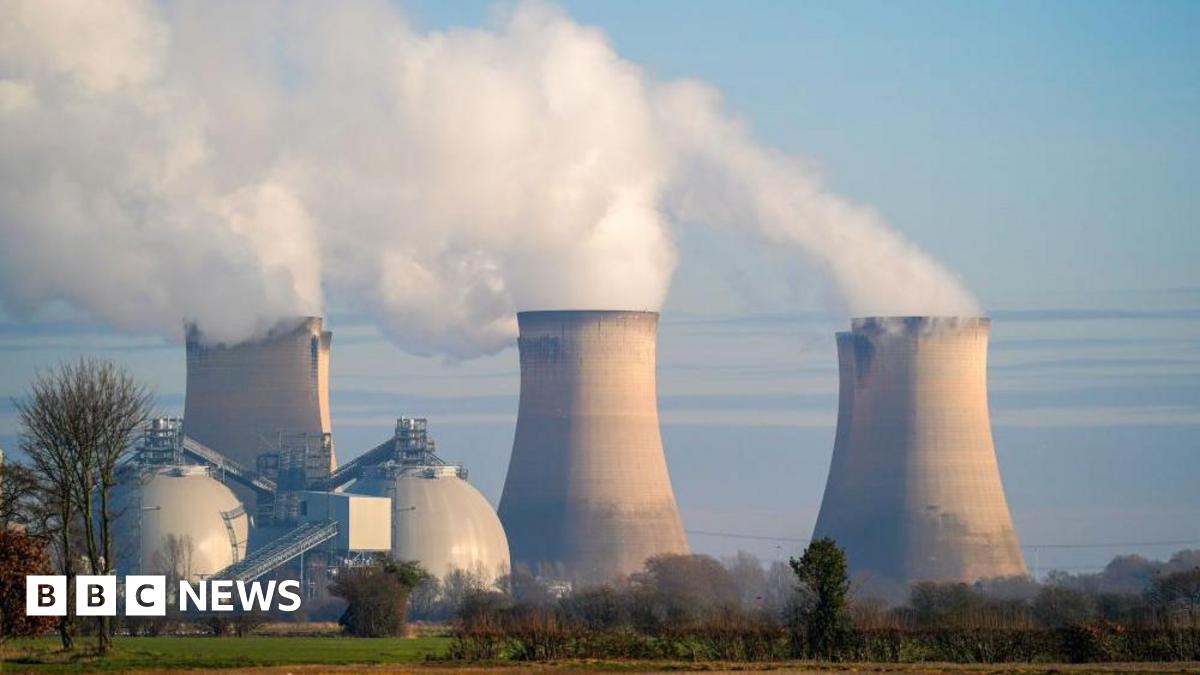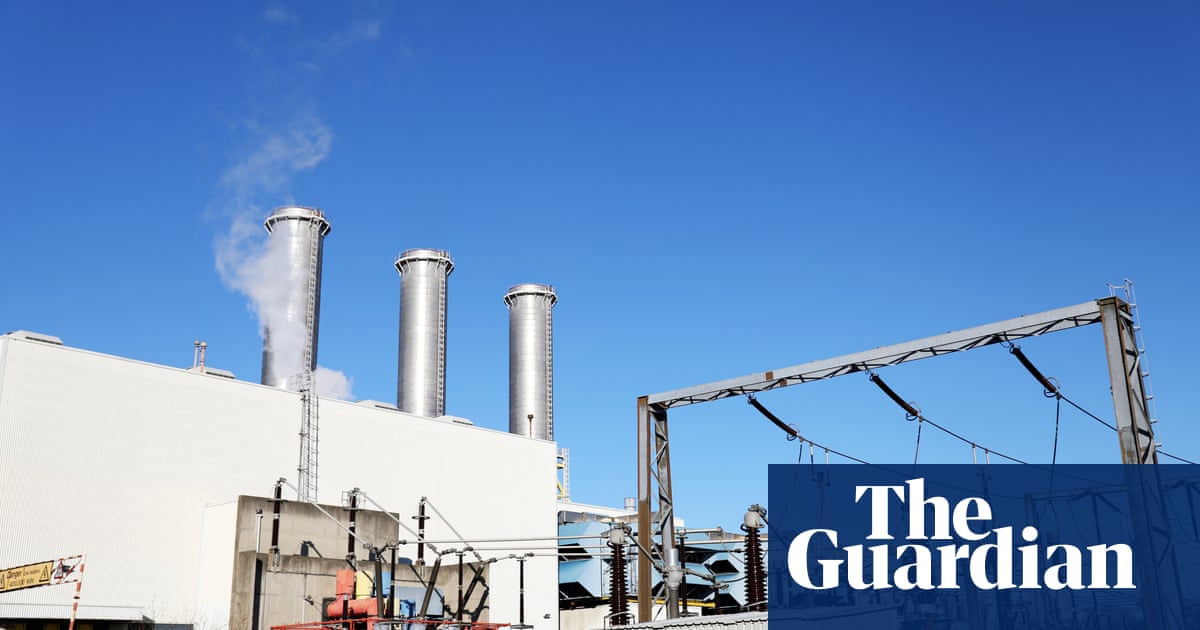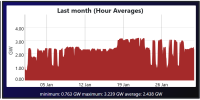LNW-GW Joint
Veteran Member
The contract for producing electricity from biomass fuel at Drax has been revised for the four years 2027-31.
It will become a hot standby in that period, generating electricity when the grid needs it rather than continuously as base load, becoming mainly a winter generator.
Fuel (wood pellets) must also be from 100% sustainable sources rather than the current 70%.
Subsidies will also be halved.
This would seem to reduce the flow of wood pellets to Drax in the warmer months.
The direction of travel suggests the burning of wood pellets could well end after 2031, with other greener sources of power then online (including new nuclear capacity).
From what I have read, the wood pellets come from the Mississippi basin (Baton Rouge), also with some Pacific north-west content.
While current transport methods involving rail from Liverpool and Port of Tyne will be unaffected in the short term, long term production may be in doubt.
Drax plans to capture the carbon it produces, which may become a big factor in its future.
Today, according to Gridwatch, Drax is producing 3.2 GW of power, about 8% of the current demand of 43 GW on a cold winter's day.
Wind is producing 14.5 GW.

 www.bbc.co.uk
www.bbc.co.uk
It will become a hot standby in that period, generating electricity when the grid needs it rather than continuously as base load, becoming mainly a winter generator.
Fuel (wood pellets) must also be from 100% sustainable sources rather than the current 70%.
Subsidies will also be halved.
This would seem to reduce the flow of wood pellets to Drax in the warmer months.
The direction of travel suggests the burning of wood pellets could well end after 2031, with other greener sources of power then online (including new nuclear capacity).
From what I have read, the wood pellets come from the Mississippi basin (Baton Rouge), also with some Pacific north-west content.
While current transport methods involving rail from Liverpool and Port of Tyne will be unaffected in the short term, long term production may be in doubt.
Drax plans to capture the carbon it produces, which may become a big factor in its future.
Today, according to Gridwatch, Drax is producing 3.2 GW of power, about 8% of the current demand of 43 GW on a cold winter's day.
Wind is producing 14.5 GW.

Controversial Drax power station gets more government subsidies
The government has agreed a new subsidy arrangement with the controversial wood-burning Drax power station in north Yorkshire.
The government has agreed a new funding arrangement with the controversial wood-burning Drax power station that it says will cut subsidies in half.
The power station, a converted coal plant in north Yorkshire, generates about 5% of the UK's electricity and has received billions of pounds from the government and bill-payers because wood pellets are classed as a source of renewable energy.
Though there are plans to eventually capture the carbon emitted from Drax, its emissions from burning the pellets are currently unabated.
Critics of the power station have called it one of the UK's leading emitters of the climate warming gas CO2, but Drax disputes that description.
It argues that burning wood is carbon neutral because when trees are cut down for fuel, new trees can be planted that effectively re-absorb the carbon dioxide released.
The new agreement will run from 2027 to 2031 and will see the power station only used as a back-up to cheaper renewable sources of power.
The government says that will mean that when there's lots of wind and solar, Drax won't run at all.
Last edited:


